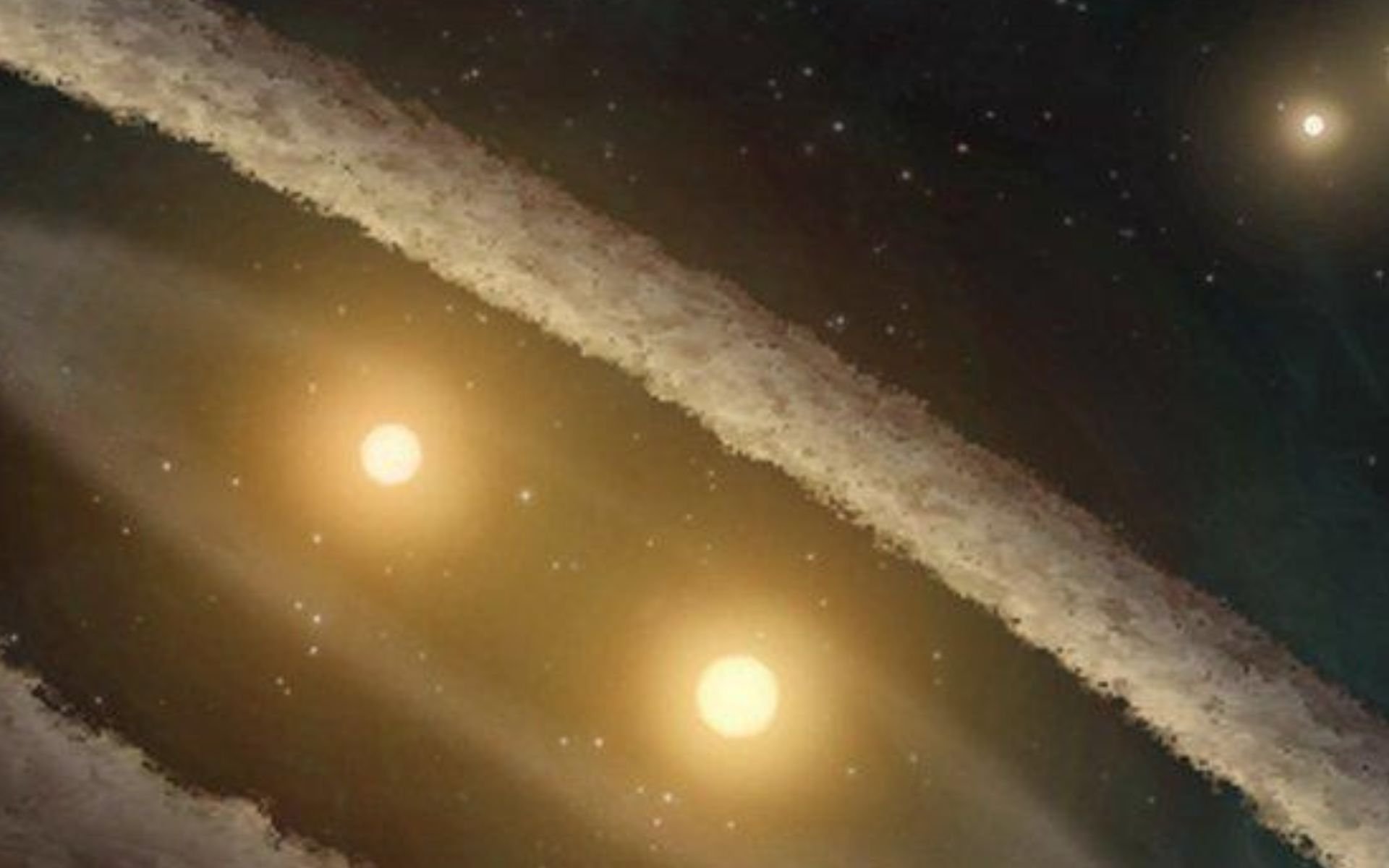Astrophysicist Kyu-Hyun Chae of Sejong University in South Korea reported the discovery of what he calls a “break in standard Newton-Einstein gravity” in a study published in July last year. By observing the orbital motions of large binaries, pairs of gravitationally bound stars, he detected: Anomalies that do not obey the two greatest laws of gravity in mechanical physics.
He reexamined his observations and calculations, which were disputed by some physicists at the time, and published a new study recently published in The Astrophysical Journal. provides new evidence for the decay of standard gravity, but it strengthens the 2023 hypothesis, Results from a new analysis of the orbital motions of stars that are strongly separated from each other (more than two thousand astronomical units) but gravitationally bound together.
Working with data from the European Space Agency’s Gaia space telescope, Chae found that when the mutual gravitational acceleration between two giant stars is less than 0.1 nanometers per second, would be approximately 30% to 40% larger than predicted by classical theory.
How was the new study on twin stars conducted?
In the new study, Chae focused on a clean sample of “pure” large binaries to avoid previous work’s claims of “contamination.” In this way, he made sure that other systems that might host additional unobserved stars were eliminated.
The idea was to suppress potential hidden gravitational effects and at the same time compare the new pure sample with those from the previous study.
To do this, Sejong’s astrophysicist carefully selected up to 2,463 pure binaries, less than 10% of the previous sample. He then applied two algorithms to test gravity from a sample of pure binaries. The two parameters produced consistent results supporting the previously reported gravitational anomaly thesis..
Is there a new change in the laws of gravity?

The gravitational anomaly repeatedly observed by Chae proved to be consistent with the phenomenology of MOND type (Modified Newtonian Dynamics) gravity proposed by Israeli physicist Mordehai Milgrom in 1983. Isaac Newton’s famous law of gravity is valid to some extent.
Moreover, this large binary gravitational anomaly is highly reminiscent of the strange behavior of Mercury observed by the French astronomer and mathematician Urbain Le Verrier in 1859. The planet closest to the Sun at the time had inexplicably deviated from its orbit, contradicting the perihelion precession predicted by Newtonian physics. This anomaly was only explained by Albert Einstein in his 1915 Theory of General Relativity.
Something similar could happen for Chae. “At least three independent quantitative analyzes by two independent groups reveal essentially the same gravitational anomaly. Gravity anomaly is real and a new scientific paradigm shift is on the way” he finishes.
Stay informed about the latest discoveries in space physics at TecMundo. If you wish, take the opportunity to understand how we may have misinterpreted Isaac Newton’s 1st Law for 300 years.
Source: Tec Mundo
I’m Blaine Morgan, an experienced journalist and writer with over 8 years of experience in the tech industry. My expertise lies in writing about technology news and trends, covering everything from cutting-edge gadgets to emerging software developments. I’ve written for several leading publications including Gadget Onus where I am an author.












